|
The mulino is a building from the past that is becoming part of the future of the Garfagnana. Chestnut flour used to be so important in the local diet that there were seven water mills in the tiny valley below our village and many hundreds more throughout the Garfagnana. Today there is barely a trace of them left. However, with diagnoses of coeliac disease and wheat allergies on the increase, chestnut flour, completely free of gluten, is enjoying a comeback, and that from the Garfagnana has attained the exalted status of DOP (Protected Designation of Origin) from the EU. This may not seem very momentous, but it has raised the prestige and price of a homely commodity, making it more attractive and worthwhile to produce. To meet increased demand, the early 17th-century mill at Fabbriche di Vallico, was recently restored to its former glory, and several others have also been refurbished. In all the water mills I’ve seen in this area north of Lucca, the grindstones are driven by horizontal water wheels, mounted in beautiful arched stone chambers directly below the grindstone, one wheel per millstone. At the outer ends of the wheel spokes are shallow metal cups, which used to be made of chestnut wood. Water shoots out of a narrow channel at the back of the chamber, striking the cups and turning the wheel which in turn drives the huge circular grindstone. The lower stone is fixed, while the upper stone spins and can be raised or lowered to change how fine or coarse the flour will be. The type of stone from which the grindstone is made and how it’s dressed also determines the texture of the flour. Having harvested, dried and cleaned our chestnuts, we drive along the beautiful Turrite River valley to Fabbriche, where Domenico reverses the car up to the door of the mill. We enter onto the welcoming warm upper floor of the mill. The miller keeps two wood-fired stoves burning to maintain a low humidity and prevent the chestnuts from re-hydrating and squashing into a paste when they’re ground. By now Marco has arrived too, and he and Domenico carry in the sacks on their shoulders and pile them onto a large set of scales with weights that the miller slides along the balance arms. Each sack weighs about 40 kg (88 lb). The miller used to charge in kind for his services by taking a small percentage of the flour to sell directly from the mill. This barter system is now illegal; it didn't allow the government to levy taxes on the miller's income. Since the mill grinds only chestnuts to avoid gluten contamination from wheat and other cereals, it’s only open from the end of November when the chestnuts are ready for milling until all of this year’s crop is ground. Now that I’m writing this, I wonder whether he’ll finish by Christmas, but I know that if you go in spring or summer, it’s shut up tight. Even though four grindstones work from morning to night every day except Sunday, there’s a big backlog of chestnuts waiting to be ground. I feel proud of our white hemp sacks with their blue embroidered initials which are much handsomer than everyone else’s utilitarian plastic sacks. I can’t wait to go downstairs where the flour is being ground, but before descending the steep, narrow wooden steps, the miller shows me the chestnut-wood boxes, one per grindstone, which are actually chutes into which he pours the chestnuts, and through which they descend into the hoppers that feed the chestnuts unbelievably slowly, only one or two at a time, into the hole in the centre of the upper grindstone. Downstairs each pair of grindstones is housed in its own wooden (chestnut, of course) cupboard, with doors to keep the flour from flying out and getting into the miller's lungs. The miller goes to the stones at the far end which he had been setting up with a new batch of chestnuts when we arrived. He pulls a lever to start the flow of water, which we can’t see from here, starts the hopper vibrating, turns a sort of steering wheel to adjust the height of the upper stone and reaches over to feel the fineness of the flour as it sprays out from between the two stones. It’s not right. He turns the wheel a little more and feels the flour again. After a couple more tests, he’s satisfied that it’s exactly right and closes the doors to the cupboard. I notice a sign on the wall next to the cupboard on which ‘biologico’ (organic) is written. I shout over the roar of the four whirling stones: ‘Why is only this one organic? Aren’t all chestnuts organic?’ Both Domenico and the miller rub their thumbs and forefingers together in the Italian sign for money. The miller explains: ‘This one is for producers who have paid for the organic certification so that they can sell their flour at a higher price, but yes, I’m right that all chestnuts are organic. No one sprays or fertilises chestnut trees.’ He leads us to a plastic sack of flour from the certified chestnuts and tells us to take a pinch and taste it. Not bad. Then he takes us to a sack of flour ground from uncertified chestnuts from Coreglia. We sample it. The sweet chestnut-y flavour explodes in my mouth. The implication is that people who go through the bureaucracy and cost of getting organic certification are more interested in money than in the flavour of the flour. They won’t have lavished enough care on the drying, cleaning and sorting processes as we at Casabasciana did. I think to myself that there are probably some who care passionately about the flavour and some who don’t in both camps. You have to taste the flour before buying and when you find one you like, stick to that producer.
The jury is still out on our own flour. When I left for England a week later, it wasn’t yet back from the mill. As soon as I return next week, I’m going straight to Ebe’s to try it.
0 Comments
Your comment will be posted after it is approved.
Leave a Reply. |
Email Subscription
Click to subscribe to this blog and receive notifications of new posts by email. AuthorErica Jarman Categories
All
Archives
October 2023
|
|
copyright 2017 sapori-e-saperi.com | all rights reserved
|
Website by Reata Strickland Design

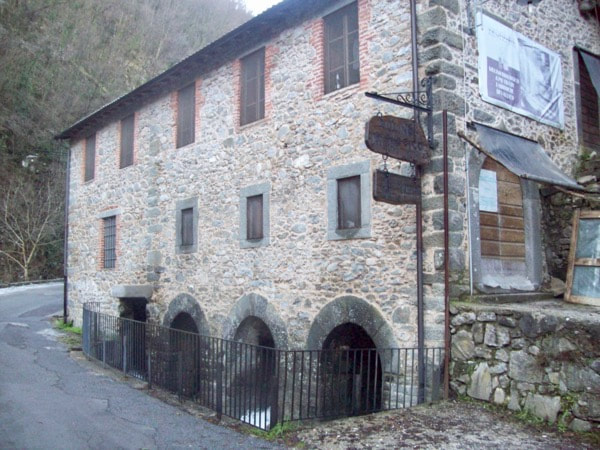
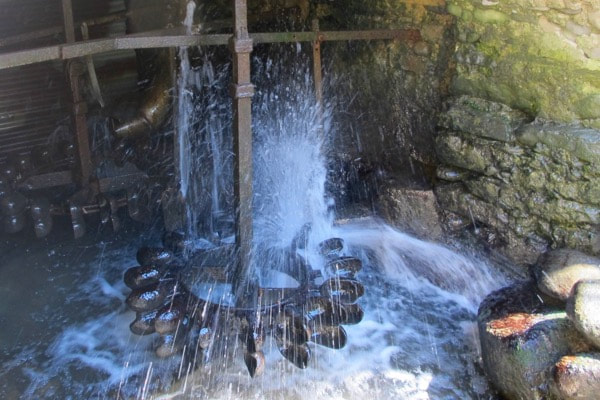
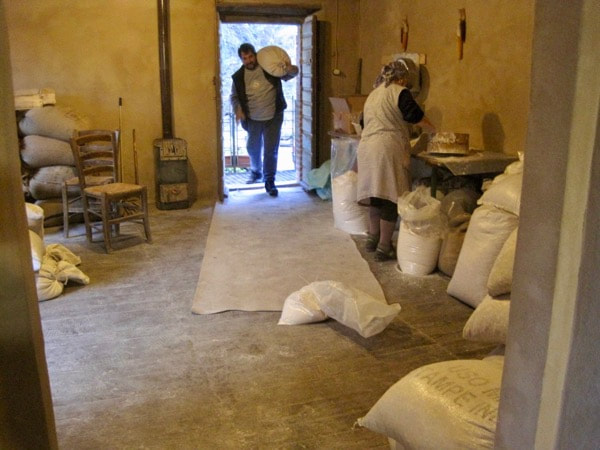
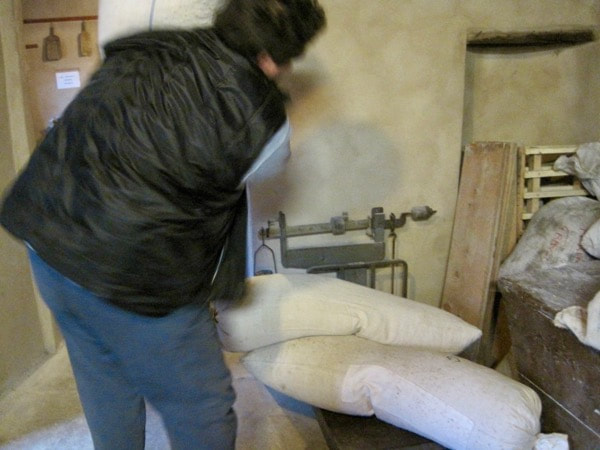
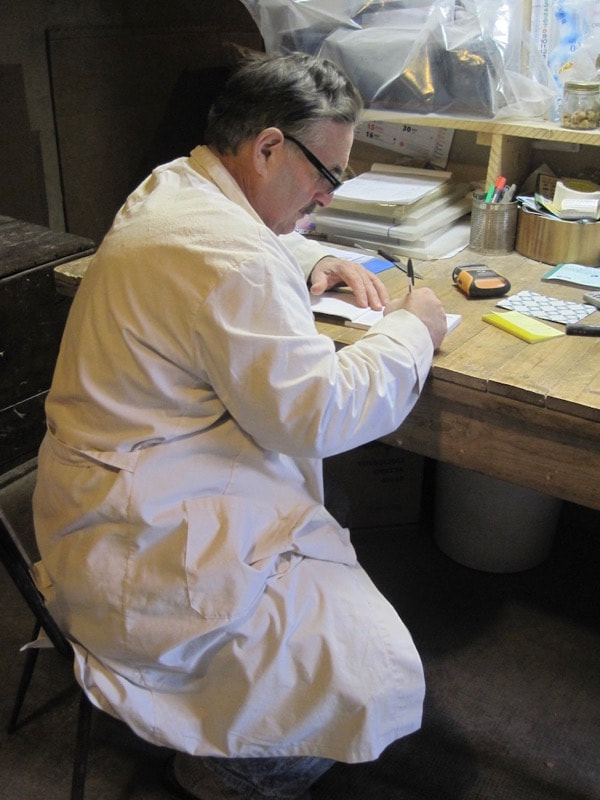
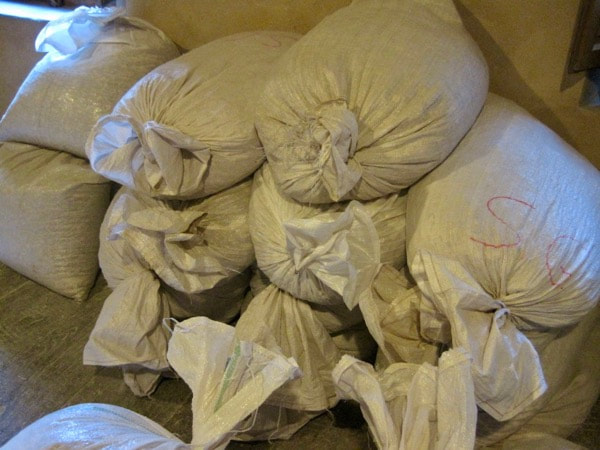
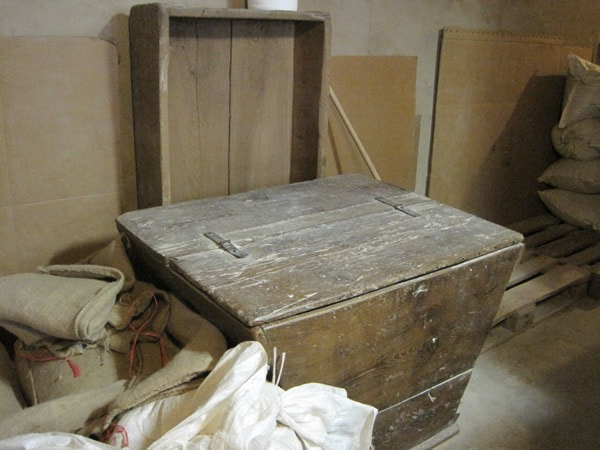
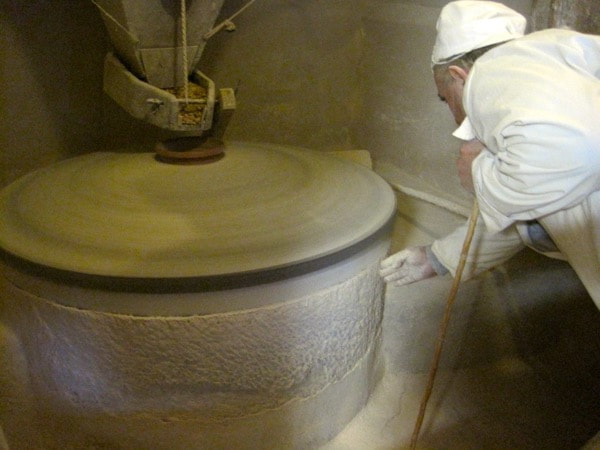
 RSS Feed
RSS Feed



